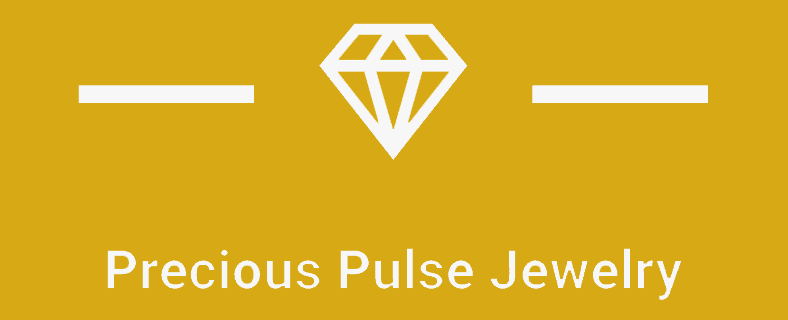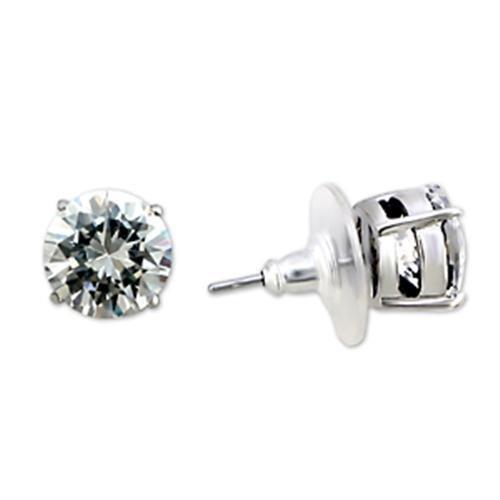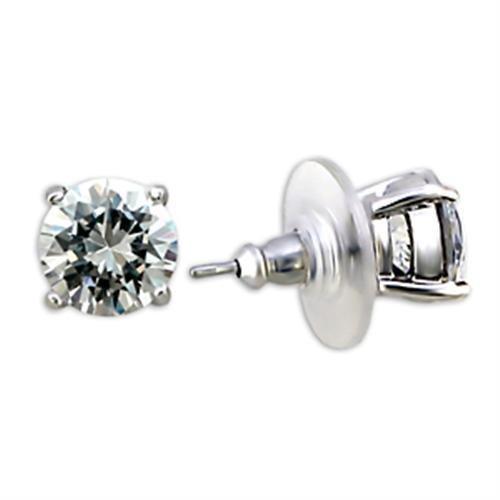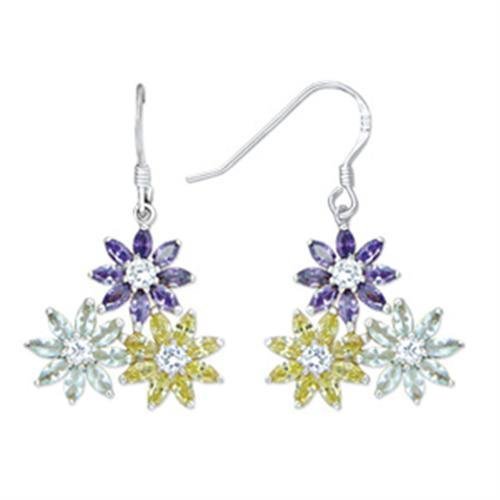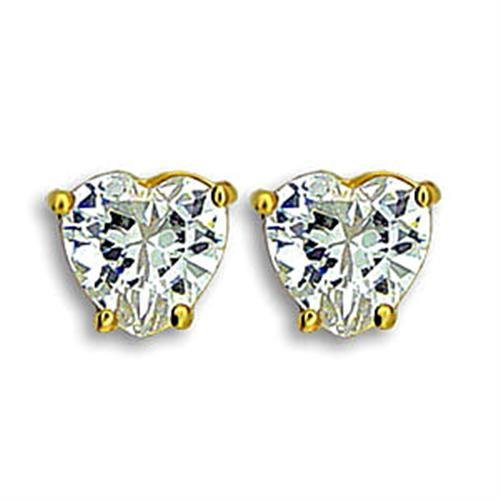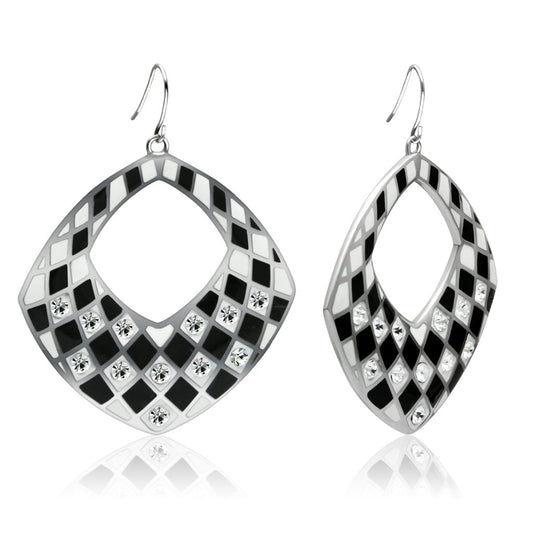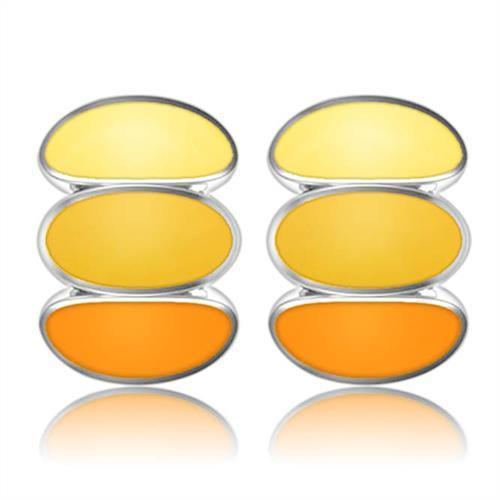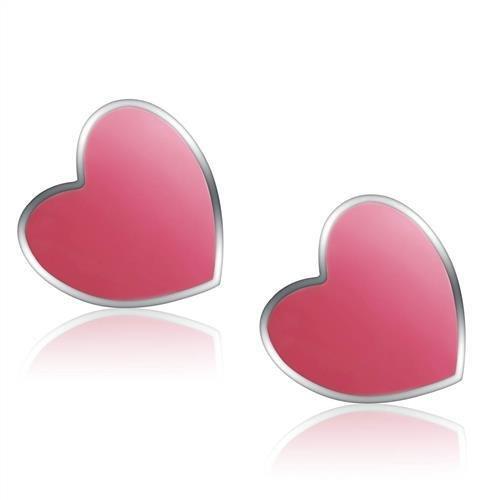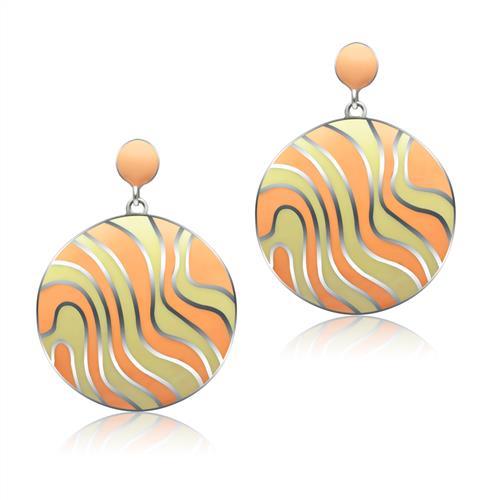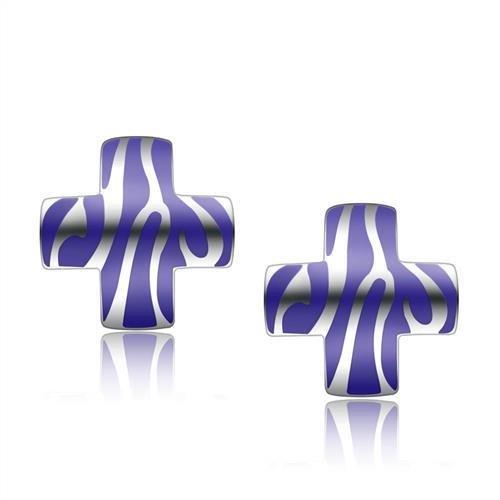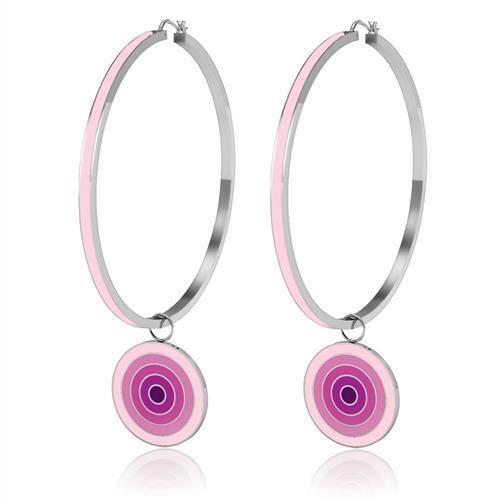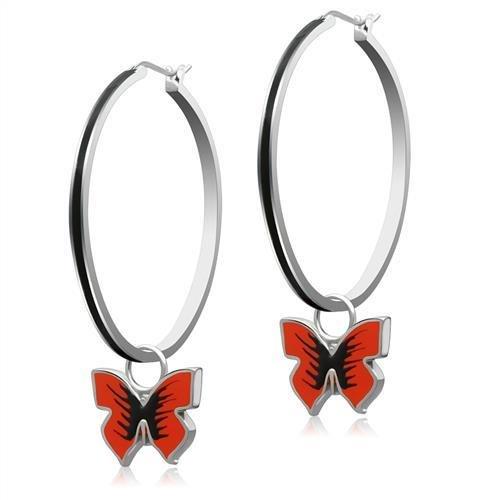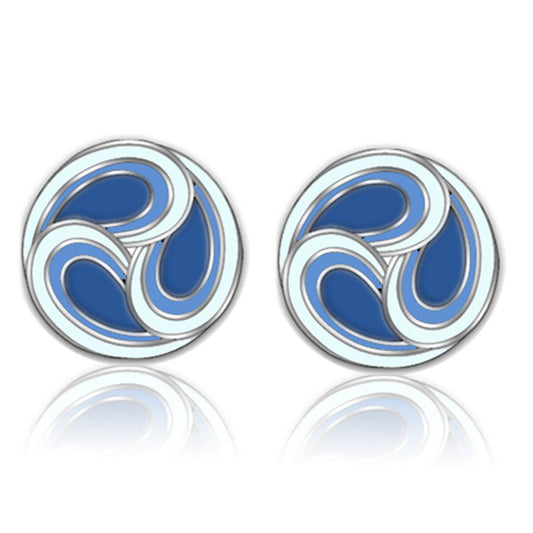Choosing the right carat size for a wedding ring is more than just a numbers game. It’s about finding the perfect balance between diamond size, sparkle, and your personal style. Whether you’re searching for a subtle statement or a bold, dazzling centerpiece, this guide will help you navigate through diamond carat sizes, the impact of ring settings, and modern trends like lab-grown diamonds. By the end of this article, you'll know exactly how to choose the best carat weight to match your vision, budget, and lifestyle.
Introduction to Diamond Carat Size and Why It Matters
When shopping for a wedding or engagement ring, the term “carat” often takes center stage. But what carat diamond is the best for a wedding ring? The answer isn’t straightforward because it depends on a variety of factors, including budget, style preferences, and lifestyle. Let’s start with the basics:
- Carat refers to the weight of a diamond, not its size.
- The diamond cut plays a crucial role in how large the diamond appears.
- Different ring settings can enhance or diminish the diamond’s perceived size.
- Lab-grown diamonds offer a budget-friendly way to get a larger carat weight.
Choosing the right carat weight is an essential part of the process, but there are many aspects to consider, including clarity, color, and how the diamond sparkles in different lighting.
👉 Explore our rings collection to find a variety of styles that can accommodate different diamond sizes.
What Is the Ideal Carat Weight for a Wedding Ring?
The ideal carat weight is largely subjective and varies based on individual preferences. However, in regions like the UK, the average carat size for a wedding ring is between 0.6 to 0.8 carats, whereas in the US, couples tend to prefer diamonds in the 1.0 to 1.2-carat range. But what does this mean for you?
Factors to Consider When Choosing the Ideal Carat Size:
- Budget: Larger carat weights come with a higher price tag, but opting for a slightly smaller diamond can significantly reduce costs without sacrificing beauty.
- Lifestyle: If you or your partner lead an active lifestyle, a smaller diamond might be more practical.
- Ring Setting Impact: Certain settings, such as halo settings or hidden halos, can make a diamond appear larger than its actual carat weight.
Pro Tip: Choosing a diamond with a slightly lower carat weight but an excellent cut can maximize sparkle while staying within budget.
Check out our pendants collection to see how different cuts and settings can enhance a diamond’s visual size.
How Carat Weight Influences Visual Size and Perception
It’s important to note that two diamonds with the same carat weight can look very different. The diamond cut and shape significantly influence how large a diamond appears. For example:
- A round brilliant cut diamond maximizes sparkle and appears larger than other shapes of the same weight.
- Oval cut diamonds and marquise cuts have an elongated shape, which enhances the stone’s perceived size.
- Pear-shaped diamonds also give the illusion of a larger stone due to their tapered ends.
Choosing the right diamond shape can help you get the most visual impact for your money. Additionally, settings like solitaire settings allow the diamond to take center stage, further enhancing its appearance.
If you’re looking for more inspiration, browse our necklaces collection to see how different diamond shapes can be incorporated into various designs.
Lab-Grown Diamonds: A Popular Choice for Larger Carat Weights
In recent years, lab-grown diamonds have gained popularity as a cost-effective alternative to mined diamonds. These diamonds are chemically identical to natural diamonds but are often available at a fraction of the price, making it easier for couples to choose larger carat weights without breaking the bank.
Benefits of Lab-Grown Diamonds:
- Budget-friendly engagement ring options.
- Ethically sourced, making them a sustainable choice.
- Perfect for those who want to maximize carat weight without compromising on quality.
Lab-grown diamonds are an excellent option for couples who value both sustainability and affordability. If you’re considering this route, take a look at our earrings collection to see how lab-grown stones can shine just as brilliantly as their natural counterparts.
Understanding the Four Cs of Diamonds
Choosing the best carat weight isn’t just about size. A diamond’s cut, clarity, and color all contribute to how brilliant and stunning the stone appears. Let’s break down each factor and its role in helping you find the right diamond for your engagement ring or wedding ring.
1. Cut: The Sparkle Factor
The cut of a diamond has the biggest impact on its brilliance. Even a diamond with a higher carat weight will look dull if the cut is poor. The best cuts maximize diamond sparkle, making the stone appear larger and more radiant.
💡 Key Tip: Opt for a Very Good or Excellent Cut to ensure your diamond sparkles beautifully in any light. Even a smaller carat diamond with a great cut will outshine a larger poorly cut stone.
2. Clarity: How Flawless Is Your Diamond?
Clarity measures how free a diamond is from internal inclusions (flaws) and external blemishes. While flawless diamonds are rare, you can find eye-clean diamonds (inclusions invisible to the naked eye) at a more reasonable price point.
Recommended Clarity Grades for Engagement Rings:
- VS1 to VS2: Very Slightly Included — great balance of quality and value.
- SI1: Slightly Included — inclusions are usually not visible to the naked eye.
For those shopping on a budget, diamonds with slightly lower clarity can still be stunning, especially when set in a halo setting to enhance their appearance.
Check out our collection of chains for versatile jewelry pieces that pair well with your engagement ring.
3. Color: The Diamond’s Hue
The color of a diamond ranges from D (colorless) to Z (light yellow). Most engagement rings fall in the G to H range, offering near-colorless diamonds at a lower price than perfect colorless stones.
💡 Color Tips:
- Pair warmer diamond hues (like H or I) with yellow gold for a harmonious look.
- Choose colorless or near-colorless diamonds if you prefer a platinum or white gold setting.
Looking for more jewelry to complement your wedding ring? Explore our bracelets collection for timeless pieces.
4. Carat: Balancing Size and Quality
Now, back to the big question: What carat diamond is the best for a wedding ring? While carat weight plays a significant role, it shouldn’t be your only focus. A smaller diamond with a better cut and clarity can often look more impressive than a larger one with visible flaws.
Balancing Carat Weight with Cut, Clarity, and Color
When selecting the right carat weight, it’s important to balance all four Cs. Here’s how to get the best value for your budget:
| Factor | What to Prioritize | Budget-Friendly Tip |
|---|---|---|
| Cut | Aim for Very Good or Excellent cuts. | A better cut makes a diamond appear larger. |
| Clarity | Choose VS2 or SI1 for an eye-clean diamond. | Save by opting for slightly lower clarity. |
| Color | Stick to G to H for near-colorless diamonds. | Pair with yellow gold to mask warmer tones. |
| Carat Weight | Consider 0.75 to 1.25 carats for balance. | Opt for lab-grown diamonds to maximize size. |
Popular Diamond Shapes and Their Visual Impact
Not all diamonds are created equal when it comes to visual size. Some diamond shapes can make a smaller carat weight look much larger, which is perfect for budget-friendly engagement rings.
Here’s a quick breakdown of popular diamond shapes:
- Round Brilliant Cut: The most popular and sparkliest option.
- Oval Cut Diamond: Elongated shape makes the stone appear larger.
- Marquise Cut: Maximizes carat weight with an elongated shape.
- Pear-Shaped Diamond: Combines elegance with the illusion of a larger stone.
- Emerald Cut: Sleek and sophisticated, perfect for vintage-inspired rings.
👉 Visit our necklaces collection for unique designs that complement any diamond shape.
Pro Tip: How Ring Settings Influence Diamond Size
Your choice of ring setting can dramatically impact how big your diamond looks. Here are some popular options to consider:
- Halo Setting: Surrounds the center diamond with smaller stones, making it appear larger.
- Solitaire Setting: Highlights the center diamond, perfect for those who want a clean, classic look.
- Hidden Halo Design: Adds sparkle without overwhelming the main diamond.
A halo setting is an excellent choice if you want to maximize the visual size of your diamond without increasing the carat weight.
The Rise of Lab-Grown Diamonds
One of the biggest trends in engagement ring customization is the rise of lab-grown diamonds. These diamonds offer identical beauty and durability as natural diamonds but at a fraction of the cost. With lab-grown stones, couples can often afford larger carat weights while maintaining high standards for diamond cut, clarity, and color.
Explore more timeless jewelry in our earrings collection to pair with your perfect ring.
Financial Planning for Your Wedding Ring
Choosing the right carat diamond involves more than just aesthetics. Budget plays a significant role, and it’s essential to make sure your engagement ring fits within your financial plan without compromising quality.
How to Maximize Your Budget
Here are some tips to help you get the best value for your money:
-
Opt for Lab-Grown Diamonds
Lab-grown diamonds provide an excellent way to get a larger diamond for less money. They’re chemically identical to natural diamonds but typically cost 30-40% less. -
Prioritize Cut Over Carat Weight
As discussed, a smaller diamond with an excellent cut can appear larger and more brilliant than a bigger diamond with a poor cut. -
Choose Slightly Lower Clarity and Color Grades
Most inclusions in diamonds graded VS2 or SI1 are invisible to the naked eye, which can save you money without sacrificing appearance. Similarly, choosing a diamond in the G-H color range will still give a near-colorless look at a lower cost. -
Consider Different Settings
Settings like halo rings or hidden halos can enhance the appearance of a smaller carat diamond.
💍 Pro Tip: Check out our pendants collection for complementary jewelry that pairs beautifully with your wedding ring.
Regional Diamond Size Trends
What’s considered the ideal carat weight for an engagement or wedding ring varies depending on where you are in the world:
- UK and Europe: The average carat size tends to be between 0.5 and 0.8 carats, reflecting a preference for elegant and understated styles.
- USA: The average size is closer to 1.0 to 1.2 carats, with a growing trend toward larger carat weights due to the popularity of lab-grown diamonds.
- Asia: Many buyers focus more on diamond clarity and color rather than carat size, often choosing smaller but higher-quality stones.
If you’re shopping for a budget-friendly engagement ring, consider browsing our bracelets collection to find matching jewelry pieces that complete the look.
Sustainable and Ethical Diamonds: Making a Responsible Choice
In recent years, there has been a growing demand for sustainable diamonds. Ethical sourcing is crucial for many buyers who want to ensure their diamonds are conflict-free.
What Are Sustainable Diamonds?
Sustainable diamonds are often lab-grown, reducing the environmental impact associated with traditional mining. They are also more likely to be traceable, ensuring ethical sourcing.
Why Choose Ethical Diamonds?
- Environmentally friendly
- Conflict-free sourcing
- Budget-friendly
For those who prioritize sustainability, lab-grown diamonds are a great option. They offer the same sparkle and beauty as mined diamonds but come with peace of mind.
Turning Your Diamond Ring into a Family Heirloom
Your wedding ring is more than just a piece of jewelry; it’s a symbol of your love and commitment. Over time, it can become a cherished family heirloom, passed down through generations.
How to Create a Timeless Heirloom
-
Choose a Timeless Design
Opt for classic styles like solitaire settings or halo rings that never go out of fashion. -
Consider Resizing Options
Make sure your ring can be resized over the years to fit future generations. -
Get Your Diamond Certified
A diamond certification ensures that your stone’s quality and value are documented, which is essential for future appraisals. -
Maintain Your Ring
Regular cleaning and maintenance will help preserve your ring’s beauty. Over time, you can even upgrade the setting or add details like a hidden halo design.
💎 Explore our necklaces collection to find elegant pieces that can be passed down alongside your ring.
Conclusion: What Carat Diamond Is the Best for a Wedding Ring?
Ultimately, the best carat diamond for a wedding ring depends on your personal preferences, lifestyle, and budget. While larger carat weights can make a bold statement, cut, clarity, and color play a significant role in how stunning your diamond looks.
Remember these key points when choosing your diamond:
- Prioritize cut quality for maximum sparkle.
- Choose a carat size that fits your style and budget.
- Consider lab-grown diamonds for a budget-friendly and ethical option.
- Pay attention to ring settings that enhance the visual size of your diamond.
With the right choices, your wedding ring can be a beautiful, meaningful symbol of your love — and a piece of jewelry that will shine for generations to come.
FAQ: What Carat Diamond Is the Best for a Wedding Ring?
Here’s a quick FAQ section to address the most commonly asked questions about selecting the best carat diamond for a wedding ring. These questions cover additional considerations that were not fully explored in the main article to help you make a more informed decision.
1. What Is the Difference Between Carat and Karat?
Carat refers to the weight of a diamond or gemstone, while karat measures the purity of gold in jewelry. For example, an 18-karat gold ring contains 75% pure gold. When shopping for wedding rings, it's important to distinguish between these two terms.
💡 If you’re exploring gold options for your ring, check out our chains collection for pieces that complement both diamond and gold rings.
2. Is a 1-Carat Diamond Considered Big?
A 1-carat diamond is often seen as a sweet spot in terms of size and price. It’s large enough to make a statement but not so big that it becomes impractical for everyday wear. However, how big the diamond looks depends on the cut and shape. Round brilliant cuts tend to appear slightly smaller than elongated shapes like oval or marquise diamonds of the same carat weight.
3. Does Carat Weight Affect a Diamond’s Durability?
No, carat weight does not impact durability. The durability of a diamond is determined by its cut and structure, not its weight. However, larger diamonds are more likely to show visible inclusions or flaws, which can affect their clarity.
4. How Does Finger Size Impact the Ideal Carat Weight?
The size of the wearer’s finger plays a role in how a diamond looks. On smaller fingers, a 0.75-carat diamond can appear quite large, while on larger fingers, a 1.5-carat diamond might be more proportionate. If you want to maximize the diamond's appearance, consider elongated diamond shapes like pear or oval cuts.
5. What’s the Most Popular Carat Size for Wedding Rings?
The most popular carat size for wedding rings varies by region:
- UK/Europe: 0.6 to 0.8 carats
- USA: 1.0 to 1.2 carats
- Asia: 0.5 to 0.7 carats
In recent years, lab-grown diamonds have allowed more people to afford larger carat sizes, increasing the popularity of 1.5-carat and 2-carat stones.
6. How Can I Make a Smaller Diamond Look Bigger?
There are several ways to make a smaller carat diamond look larger:
- Choose a halo setting to add extra sparkle and size.
- Pick elongated shapes like marquise, pear, or oval.
- Opt for a thin band or hidden halo design to make the center stone stand out more.
- Focus on getting a Very Good or Excellent cut to maximize sparkle.
Explore our earrings collection for designs that enhance any diamond style.
7. Are Bigger Diamonds More Valuable?
Not necessarily. A diamond’s value depends on all of the Four Cs (Carat, Cut, Clarity, and Color). A smaller diamond with a higher cut grade and clarity can be more valuable than a larger diamond with visible inclusions or a poor cut. The key is to balance carat weight with cut quality and clarity for the best value.
8. Should I Choose a Natural Diamond or a Lab-Grown Diamond?
Both natural diamonds and lab-grown diamonds have their pros and cons:
- Natural Diamonds: Rare and traditional, but more expensive.
- Lab-Grown Diamonds: More budget-friendly, ethically sourced, and sustainable.
Most lab-grown diamonds are visually identical to natural diamonds and can allow you to choose a larger carat weight for the same budget.
9. How Does the Band Material Impact the Diamond’s Appearance?
The metal of the ring band can affect how the diamond looks.
- White Gold/Platinum: Enhances the appearance of colorless diamonds (D-F grade).
- Yellow Gold/Rose Gold: Masks slightly tinted diamonds (G-H grade) and can make warmer-toned diamonds look more vibrant.
💎 Check out our bracelets collection for complementary pieces in different metals.
10. Can a Diamond’s Carat Weight Be Upgraded Later?
Yes! Many jewelers offer diamond upgrade services, allowing you to trade in your current diamond for one with a larger carat weight. However, it’s essential to ensure that your ring is designed to accommodate a larger stone. Some solitaire settings and halo settings are easier to adjust than others.
If resizing is part of your plan, check out our necklaces collection for timeless pieces that grow with your style.
